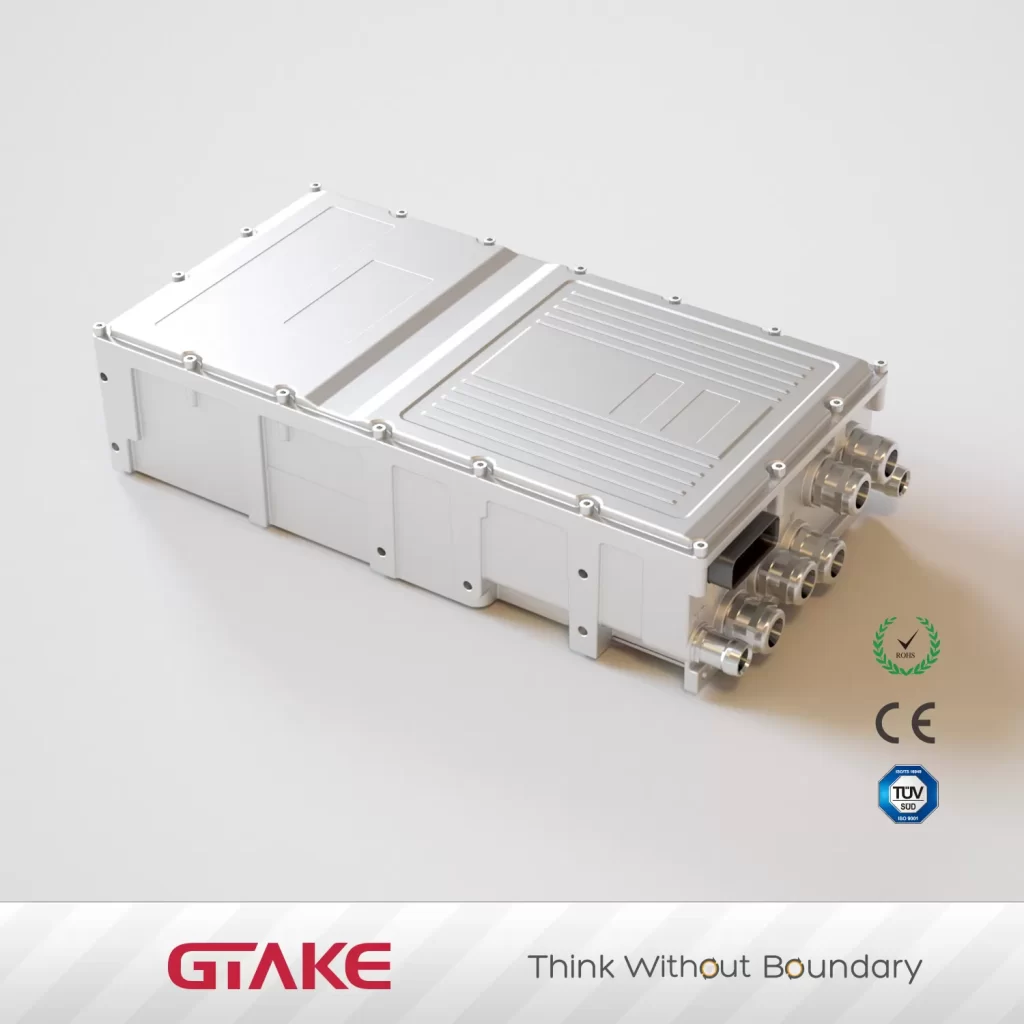As the shift toward electric mobility accelerates, the motor controller has emerged as one of the most critical components in electric vehicle (EV) systems. Serving as the brain of the powertrain, it regulates how energy from the battery is used to drive the electric motor—affecting not only vehicle performance but also energy efficiency and safety.
To ensure optimal operation, engineers must carefully consider various technical factors during the design and development of EV motor controllers.
1. Motor Type and Control Strategy
To begin with, selecting the right motor controller architecture depends heavily on the type of electric motor used in the EV. Each motor type has distinct control requirements, influencing the complexity and cost of the controller.
BLDC Motor Controllers: These use field-oriented control (FOC) algorithms, either direct (DFOC) or indirect (IFOC). While DFOC relies on sensors for precise torque and speed control, IFOC estimates rotor position without additional hardware. Both offer high efficiency but require advanced computing capabilities.
AC Induction Motor Controllers: These manage the conversion of DC to AC and precisely control motor speed and torque. Their ability to support regenerative braking and smooth acceleration makes them a popular choice for propulsion, although they require robust real-time control.
PMSM Controllers: Permanent Magnet Synchronous Motor controllers provide high performance and energy efficiency, ideal for premium EV applications. However, their reliance on rare-earth magnets and complex control systems adds cost and design challenges.
Choosing the appropriate motor type and corresponding control strategy is the foundation for an efficient EV system.

2. Power Conversion and Torque Management
Once the motor-controller pairing is established, the next key consideration is how efficiently the controller converts and delivers electrical power.
DC/AC Conversion: For AC motor applications, the controller must efficiently convert DC battery output to AC. The voltage and current levels must match the motor’s requirements to ensure performance without overloading.
Torque Control: The controller modulates torque based on driver input, typically through the accelerator pedal. It does this by adjusting the frequency and amplitude of current supplied to the motor, which directly affects vehicle speed and acceleration.
A well-designed controller must manage this dynamic behavior in real-time, ensuring smooth operation across different driving conditions.
3. Regenerative Braking Integration
In modern EVs, regenerative braking is no longer optional—it’s essential for improving energy efficiency and extending vehicle range.
During braking, the motor functions as a generator, converting kinetic energy back into electrical energy and storing it in the battery. The motor controller plays a central role in managing this bi-directional power flow, ensuring smooth deceleration and safe energy recovery.
However, regenerative braking is not always sufficient, particularly during emergency stops or when holding the vehicle stationary on a slope. In such cases, traditional braking mechanisms or auxiliary braking systems must supplement the regenerative system.
4. Thermal and Electrical Protection
Safety and reliability are paramount in electric vehicle operation. A robust EV motor controller must protect both itself and the broader EV system from various fault conditions.
- Thermal Management: Active cooling (e.g., fans or liquid cooling) and thermal sensors help prevent overheating.
- Overcurrent/Overvoltage Protection: These features prevent damage due to electrical spikes or battery faults.
- Failsafe Mechanisms: Features such as motor lock, shutdown protocols, and isolation monitoring enhance system resilience in case of failures.
These protective functions ensure long-term reliability and safe operation under varying environmental and load conditions.
5. Communication and Integration
In an EV, seamless communication among subsystems is vital for coordinated operation. The motor controller must support standard protocols like CAN Bus to interface with the Battery Management System (BMS), Vehicle Control Unit (VCU), and diagnostic tools.
Efficient communication allows the system to:
- Exchange real-time data (e.g., battery voltage, torque demands)
- Monitor system health
- Detect faults and initiate protective actions
An integrated design approach ensures that the motor controller becomes a well-synchronized component within the larger vehicle ecosystem.

6. Component Selection and System Optimization
Component sizing is critical for achieving the desired performance and efficiency without unnecessary cost or complexity.
Motor and Inverter Matching: The torque and speed requirements, along with duty cycles, must be clearly defined to select the right motor-inverter pair.
Pump Sizing for Work Functions: For vehicles that perform auxiliary tasks (e.g., loaders, garbage trucks), the controller must also manage power-hungry ePumps. Dynamic control of pump speed can significantly reduce energy waste.
Auxiliary Function Management: Functions like steering and parking brakes must be supported—often with lower power standby systems that operate independently to minimize energy draw when not in use.
A careful balance must be struck between centralized and decentralized architectures. Centralized systems simplify integration but may be less energy efficient. Decentralized systems offer targeted efficiency but can increase BOM costs and complexity.
7. Control Algorithm Selection
Finally, the performance of the motor controller is shaped by its control algorithms. Options like Direct Torque Control (DTC) and advanced FOC methods allow for highly responsive torque and speed regulation.
The choice of algorithm depends on:
- Type of motor used
- Desired dynamic performance
- Available computing resources
- Real-world duty cycles
Selecting the right algorithm ensures a balance between responsiveness, energy efficiency, and hardware constraints.
Conclusion
Designing an EV motor controller involves more than just hardware selection—it requires a deep understanding of vehicle operation, energy efficiency, safety requirements, and control strategies. From motor compatibility and power conversion to regenerative braking and communication protocols, every aspect must be carefully considered for a successful integration.
As the demand for high-performance, energy-efficient electric vehicles continues to grow, advanced motor controller solutions will remain at the heart of innovation in EV design.
Looking for expert guidance in motor controller solutions for electric motorcycles or vehicles?
GTAKE offers reliable, high-performance EV motor control units tailored to your application needs. Contact us today to learn more about our cutting-edge MCU technologies.
